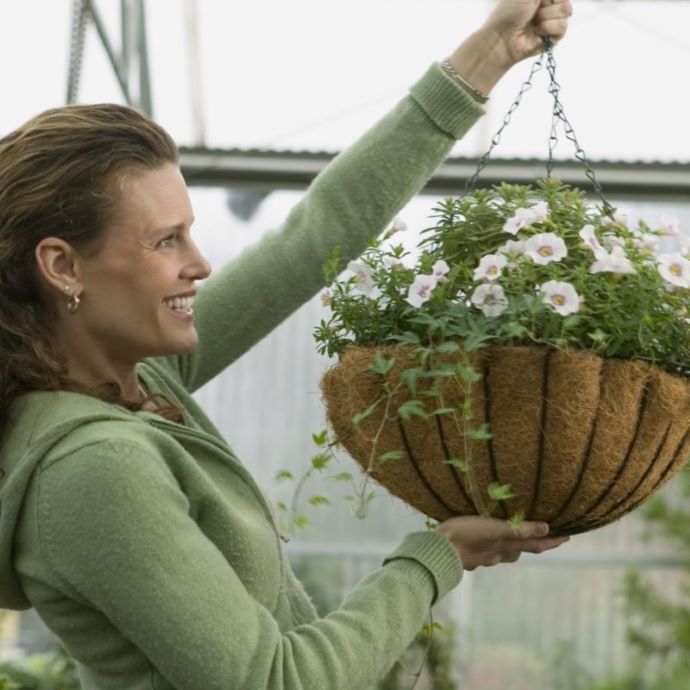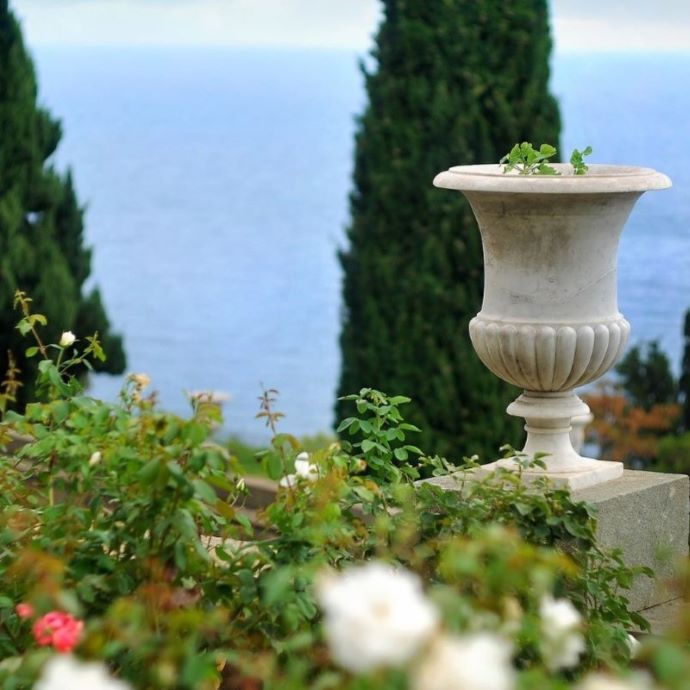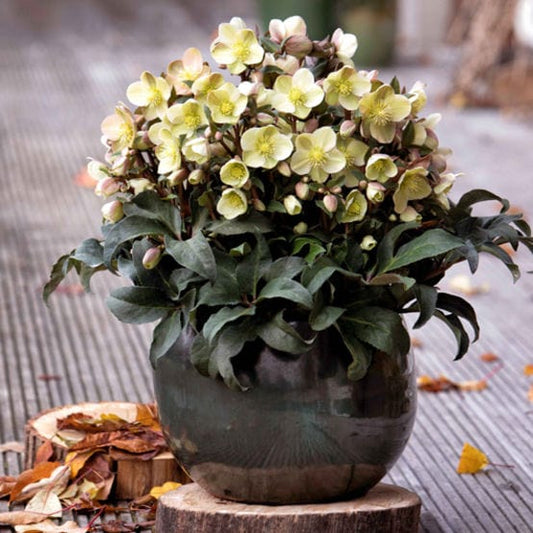5 Ways to Protect Your Plants from Frost
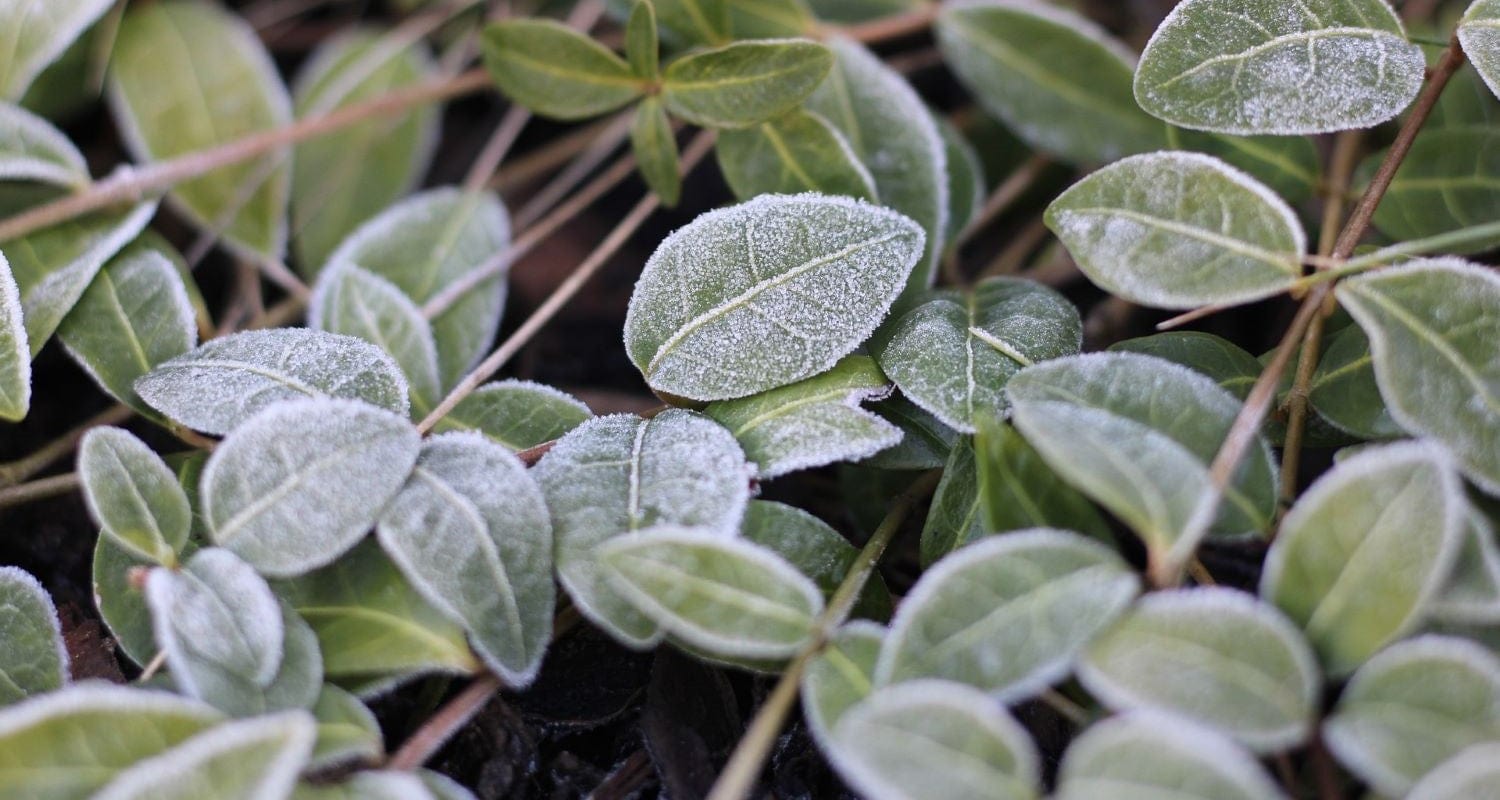
Spring in the UK can be exciting and frustrating in equal measures for gardeners. One day you’re dusting off your hanging baskets in brilliant sunshine, and the next you’re breaking the ice on your pond! If frost is forecast, you’ll need to protect your more delicate plants, such as half-hardy annuals and winter salad plants. We’ve had a lot of questions about frost protection recently, so if you’d like to know the best ways to protect your plants and when, read on.
Jump to:
- When to protect plants
- Which plants need protection
- Which plants don't need protection
- Best ways to protect plants
- Saving frost damaged plants
When do I need to protect my plants?
Your garden can be hit by a frost at any time between autumn and early May, and any temperature below 0 degrees (32F) is dangerous for tender plants. Don’t get caught out - keep an eye on the weather forecast and prepare to protect them before the mercury drops.
Which plants need protection?
Generally, annual plants need the most protection, and it’s best to keep them under cover until the last frost has passed in your area (you can look this up at gardenfocused.co.uk). Other plants which may need protection are soft fruit trees and vegetable plants including winter salads. New plants and those with new growth are most at risk.
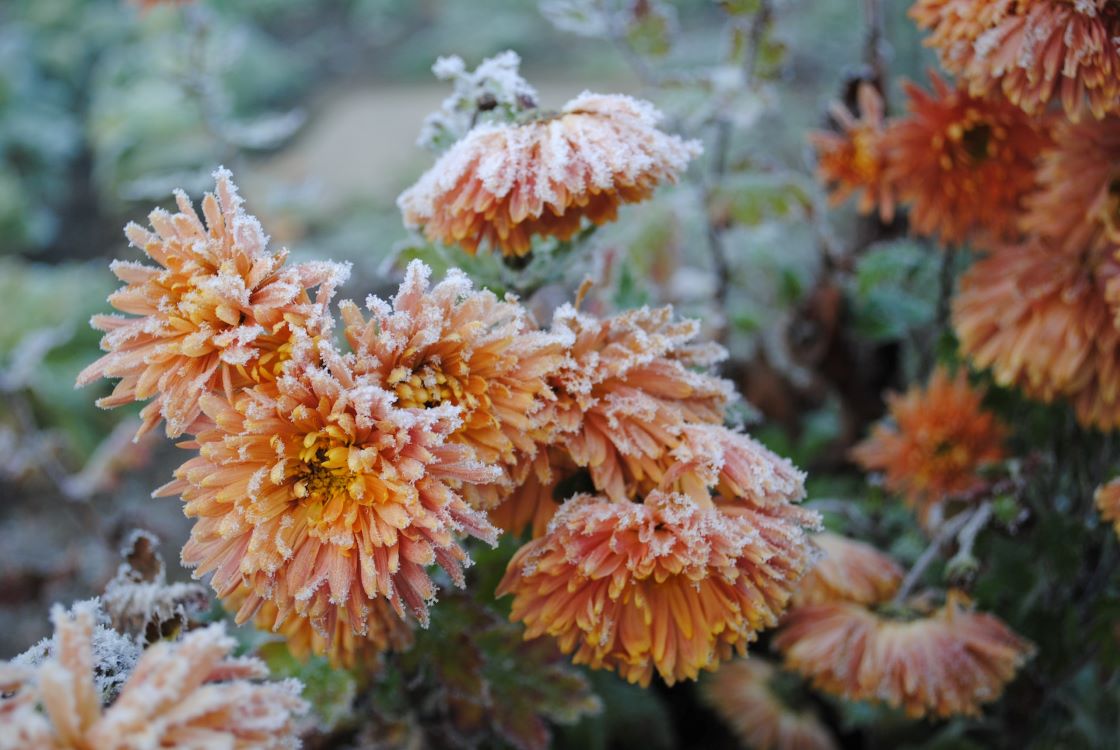
Which plants don't need protecting?
Hardy perennials including clematis, honeysuckle, heuchera, euphorbia, hydrangeas, buddleja, rhododendrons, some rose varieties, azaleas and evergreens don’t need protection either - and pansies. Pansies are so hardy they will probably be the last living things left in the universe, along with the cockroaches. If in doubt, look up your plants on our site and we’ll tell you how hardy they are.
What’s the best way to protect your plants?
There are several effective ways to protect your plants - choose the ones that work for you, your plants and your budget.
1. Horticultural fleece
This is a simple and effective method - you’re literally wrapping your plants in a warm blanket. Lay it gently over the top of your plants and secure it firmly in place with string, tent pegs or stones to stop it blowing away. As a cheaper alternative, bubble wrap does a similar job.

2. Cloches
Cloches are clear, bell shaped covers that are simply placed over delicate plants. The cheap alternatives are jam jars, plastic bottles with the top part cut off or upside down plant pots with a stone on top to cover the holes. The plant pot option doesn't allow light through, so will need to be removed as soon as the frost passes.
3. Bring them indoors
Probably the simplest solution. You don’t need a greenhouse or coldframe (although they’re good to have). A conservatory, a kitchen windowsill or even a shed will do just fine. Make sure the plants are somewhere they can get some light if the frost lasts more than one night.

4. Plants in pots
To protect your container plants and stop the pots cracking, wrap them in a double layer of fleece or bubble wrap and tie it with string to make it secure.
5. Mulch
Putting mulch - compost, bark chips, manure or leaf mould - around the base of your plants gives them an extra layer of frost protection by insulating the soil and keeping the plants’ roots warm. Mulch can be laid in advance and left in place permanently.
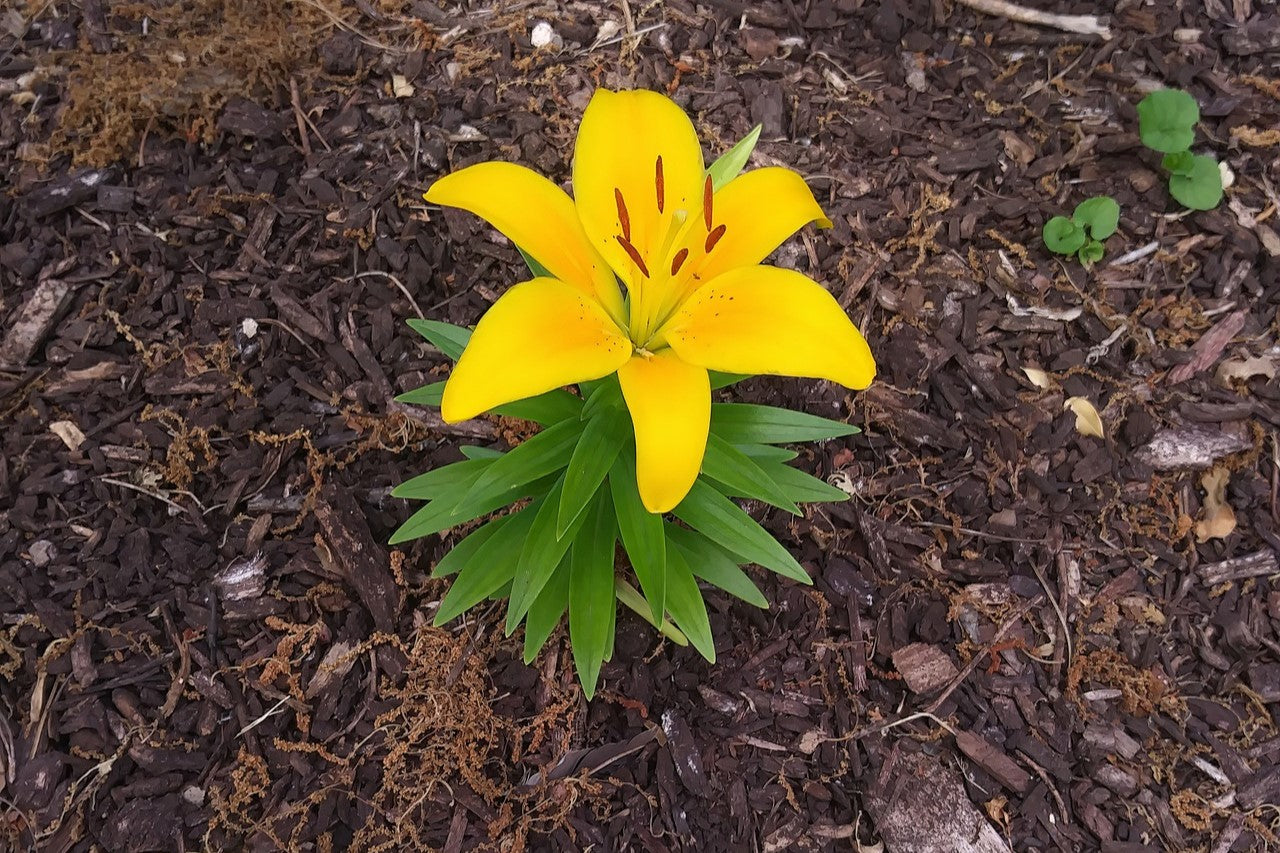
What can I do if my plants are frost damaged?
You might be able to save them by cutting away the damaged parts of the plant back to a healthy bud or side shoot, then applying a general purpose plant food. Don’t be too quick to dig up or dispose of any damaged plants, as the roots may still be intact and there’s a chance they’ll grow back.
Last updated: 13/11/2023








